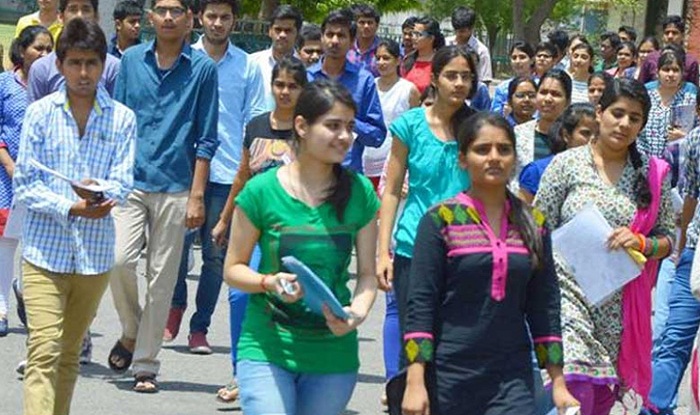Are the NEET and JEE Exams going to be combined into the CUET? UGC proposes having just one entrance exam for everyone.
According to recent reports, the University Grants Commission (UGC) is considering a proposal to combine the country's three most important admission tests, which would be the NEET, the JEE Main, and the CUET.

NEET and JEE Exams: According to recent reports, the University Grants Commission (UGC) is considering a proposal to combine the country’s three most important admission tests, which would be the NEET, the JEE Main, and the CUET. This year initiated the formation of the Common University Entrance Test (CUET). The entrance exam received more than one million applications in its first year of existence. Now, the authorities are debating whether or not engineering education and medical education may be integrated together under the same roof.
The chairperson of the UGC, M. Jagdeesh, stated in an interview with TOI that the decision is intended to relieve stress and logistical difficulties for students. According to him, students typically take two out of the three available tests (NEET and JEE exams and CUET), if not all three. As a result, rather than continuously evaluating students on topics comparable to those tested in the past, it is being discussed whether or not we can have a common entrance exam. There is not yet a strong consensus on this matter, and stakeholders representing all relevant sectors will first examine all relevant issues.
According to a media daily, a committee has been formed. Its members will deliberate on whether or not students should be allowed to take one paper that can serve as a single window to the entrance exam rather than being required to take three separate entrance exams that contain questions related to four different subjects (maths, physics, chemistry, and biology). Because of this, though, the exam will have a lot riding on it; as a result, students will have two opportunities to take it each year.
The chairperson of the UGC has stated in the past that the scope of the CUET will be increased, and the commission is currently debating whether or not to hold the examination twice a year. Students will also have more flexibility to switch from one academic track to another in the case that they do not perform well enough on their single tests to be admitted to certain universities or courses. The specifics of it have not yet been decided upon completely.
As a result of the consolidation of examinations, the CUET – UG entrance exam is anticipated to be taken by more than 43 lakh students, making it the most extensive examination in the history of examination. If the merger is successfully completed, the final result and rank could be determined by using the CUET score as a basis. Therefore, the standardised guidance programmes that are now in place for universities of medical, engineering, and the arts can continue after this point.
In the very first CUET, several errors were found and reported. Many students were instructed to report to a different examination centre; in other centres, the examinations were cancelled. If the test is administered to everyone, these kinds of problems will also need to be resolved. The National Testing Agency (NTA) is going to be in charge of the exam administration.





